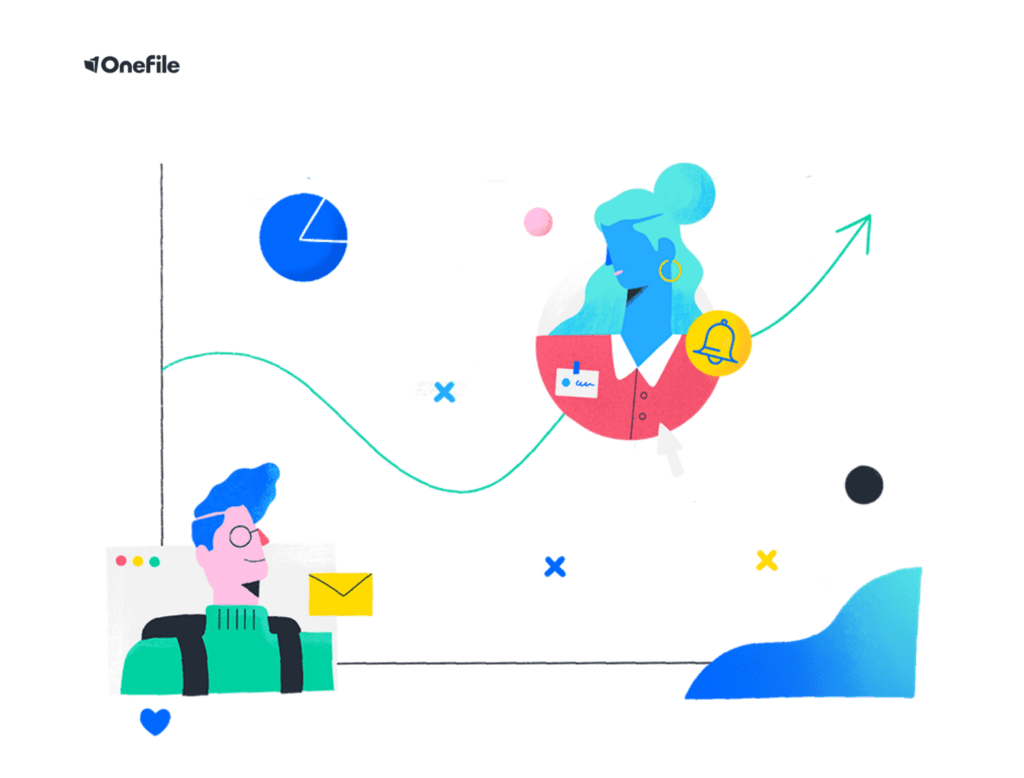How do you know training is working? 3 ways to find out

Companies are spending more than ever on learning and development.
As revenues drop, recruitment costs climb and skills become even more scarce, businesses are under mounting pressure to grow their own talent. This means investing more in learning and development, but they’re expecting more ROI out of every penny.
On average, UK employers spend £300 per employee per year on training – but those who invest more, enjoy better results. Companies who invest over the national average have higher retention rates, higher employee satisfaction rates and higher revenues – which is all well and good. But how do you know your training is working?
To understand the impact of L&D investment, you need to know 3 things:
- Are employees learning the right things?
- Is this learning having a positive impact on the business?
- What measurable impact is training having?
1. First things first: Are employees learning the right things?
You’d think this would be pretty easy to answer, but it’s a question many L&D experts struggle with. Learning is a difficult thing to measure – the age-old multiple-choice test at the end of a training session just doesn’t cut the mustard any more. These tests only measure a learner’s short-term memory, not how much they’ve learned and their ability to apply what they’ve learned in everyday work.
A great way to measure learning is to track progression over time. You can measure how a learner rates their progression before the training, straight afterwards, and as they apply their learning in the workplace. This will help you track what employees have learned and how their understanding has changed over time.
Another way to check if employees are learning the right thing is to record them in action. If you use an elearning software, employees can record evidence of them applying their learning in real work situations and upload it to the system to create a portfolio of learning. Mentors or managers can then access the recordings to check what employees have learned and offer support.
2. Next up: Is learning having a positive impact on the business?
Gauging the general impact of training only provides a surface-level view, but it’s a good place to start. If you’ve invested in a new training initiative, how have staff responded? Is the office a happier place? Are fewer staff leaving the business or calling in sick? Are staff more proactive to lead projects or go the extra mile for their colleagues?
If you can feel a positive impact of training, you’re probably on the right track. You can then start using tangible metrics to measure the actual ROI of your learning and development efforts. And that leads us on to…
3. What measurable impact is training having?
All businesses need to know the return on their investments – and this goes for learning and development too. Without concrete figures, it’s difficult to know if training is working, and whether it’s delivering the tangible value you expect.
Depending on the training programme, you can measure the actual impact training has had on productivity.
Here are some great metrics to use:
Revenue per employee
About 6-12 months after your training initiative, measure the revenue per employee (RPE) – the company turnover divided by your headcount – and compare it to your RPE before. If training is working, you should see an increase, meaning your staff are more engaged and more productive.
Retention rates
When you invest in learning and development, staff are more engaged, more productive and have the skills they need to do meaningful work. This means they’ll love coming to work and will stick around for longer – reducing sickness rates and increasing retention rates.
Customer satisfaction
Happy staff means happy customers. If training is working, your staff will be more productive and positive at work because they know you’re investing in them. This means they’ll provide better customer service – which you can measure using customer satisfaction rates.
And finally, let’s go off script and ask:
How can you improve the ROI of learning and development?
Well, like in any other industry, the answer is innovation. Technology is transforming how learning is delivered, managed and measured. Huge companies like Costa and the V&A are using online resources to transform the learner experience. Other big names like Siemens, Specsavers and National Grid are using learning software to make their training more innovative, engaging and effective.
What do these brands have in common? They all use OneFile’s learning software to get the best ROI from their learning and development budget.
To find out more about OneFile and how it can help you maximise the ROI from your L&D budget, download our big ROI booklet.
It covers everything you need to know about OneFile, how it works, what training it can be used for, what big brands think about it, and how they use it to measure and maximise the ROI of their learning and development efforts.











Responses